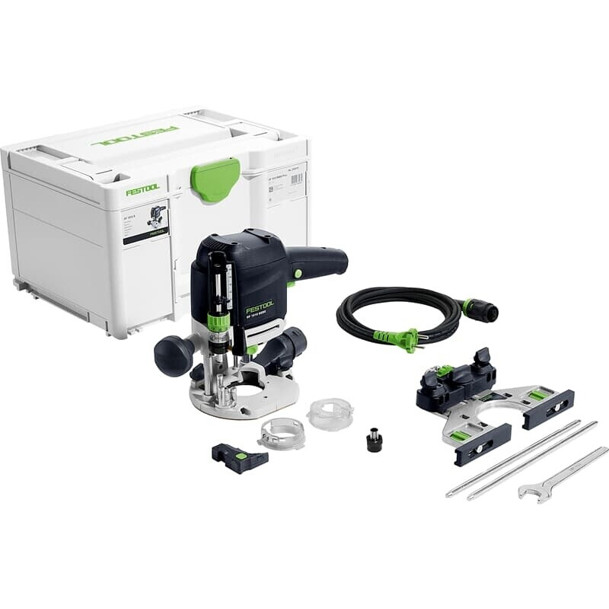The Not So Well-Known Benefits Of Wall Chaser Test

Wall Chaser Test: A Comprehensive Guide to Performance and Efficiency
Wall chasers have ended up being essential tools in modern building and construction and restoration tasks, developed to produce channels in walls for electrical circuitry, piping, or ductwork. As DIY lovers and professional contractors seek efficiency and precision in their work, it's essential to examine the efficiency of these tools through a thorough wall chaser test. This post dives deep into the mechanics, efficiency aspects, and outcomes of wall chaser tests, offering insights that would benefit anyone considering this tool for their jobs.
What is a Wall Chaser?
A wall chaser is a specialized power tool that permits users to produce narrow slots or grooves in walls. Traditionally, these slots were chiselled by hand, but wall chasers simplify this procedure substantially. They work by using diamond blades to cut through masonry, concrete, or brick, allowing smooth installations of electrical channels and piping.
Features of Wall Chasers
Before we dive into the wall chaser test itself, it is important to understand the functions that distinguish these tools.
| Function | Description |
|---|---|
| Blade Size | Typically ranges from 110mm to 230mm |
| Cutting Depth | Adjustable, usually approximately 30mm |
| Power Rating | Commonly in between 1400W to 2400W |
| Weight | Varies, normally from 3 kg to 6 kg |
| Dust Extraction | Many designs include dust ports or integrated extraction systems |
| Tool Speed | RPM ranges from 8,000 to 12,000, ensuring fast, clean cuts |
The Importance of Wall Chaser Testing
When considering a wall chaser for purchase or usage, comprehending how it determines up against its competitors in real-life situations is paramount. As a result, wall chaser tests aim to assess:
- Cutting Efficiency
- Reduce of Use
- Dust Management
- Sturdiness
- Noise Levels
Cutting Efficiency
One of the most vital elements of a wall chaser is its capability to produce clean and exact cuts. Throughout screening, the following parameters are kept track of:
- Speed of Cutting
- Quality of Cut (Smooth vs. Rough)
- Consistency over Multiple Cuts
Outcomes can differ depending upon the type of wall material being cut. For example, concrete might take longer to cut compared to drywall.
Alleviate of Use
An user-friendly wall chaser will have features that help with operation, consisting of:
- Weight Balance: Better balance suggests decreased tiredness throughout extended use.
- Grip Design: Ergonomically designed grips decrease pressure on the hands.
- Adjustable Depth Control: Provides versatility for varying job requirements.
Dust Management
Effective dust management is important in preserving a clean work environment and guaranteeing user health. Features examined in this classification include:
- Built-in Dust Extraction Systems
- Performance of Dust Collection
- Amount of Dust Produced During Operation
Resilience
Wall chasers should be robust sufficient to withstand the rigors of building work. Checking will include:
- Material Used in Construction
- Performance under Heavy Use
- Endure Blades and Components
Sound Levels
Power tools can produce substantial sound, so measuring decibel levels during operation is important. Tools satisfying industry requirements for noise would be more suitable to guarantee a more secure working environment.
Wall Chaser Test Results Overview
Here's a summarized table of a hypothetical wall chaser test conducted on four popular designs offered in the market:
| Model | Cutting Efficiency | Alleviate of Use | Dust Management | Resilience | Sound Level (dB) |
|---|---|---|---|---|---|
| Model A | Exceptional | Excellent | Fair | Exceptional | 85 |
| Model B | Good | Outstanding | Excellent | Good | 78 |
| Model C | Fair | Fair | Excellent | Fair | 90 |
| Model D | Excellent | Great | Excellent | Excellent | 82 |
Analysis
- Model A shines in cutting effectiveness and sturdiness however produces a higher noise level.
- Design B is an ergonomic choice with impressive dust management.
- Model C, while less reliable overall, may match users with occasional requirements.
- Design D supplies a balance of performance and noise reduction.
Frequently Asked Question on Wall Chasers
1. Can a wall chaser be used on drywall?Yes, wall chasers can
be utilized on drywall, however care needs to be taken to prevent overcutting, which can cause uneven edges. 2. How deep can a wall chaser cut?Most wall chasers
can cut up to 30mm deep, however this varies based on the design. 3. Do Elektrohobel Test require particular blades for various materials?Absolutely! Diamond bladesare advised for masonry and concrete, while specialized blades are available for softer materials like drywall. 4. Is dust management critical when using a wall chaser?Yes, reliable dust management is vital for health and can impact
presence and the general work environment. 5. How do I keep my wall chaser?Regular cleaning and making sure blades are sharp will assist keep performance. Shop in a dry place to avoid rust and damage.
The wall chaser stays an essential tool for contemporary building and restoration projects. By comprehending its functions, efficiency qualities, and important testing specifications, users
can make informed decisions when picking a wall chaser that matches their requirements. The insights gathered from efficiency screening not just improve the effectiveness of the tool however also contribute to more secure and more efficient task execution. If you're considering buying a wall chaser, remember to weigh all the functions and test results we have actually talked about. Delighted chasing!

